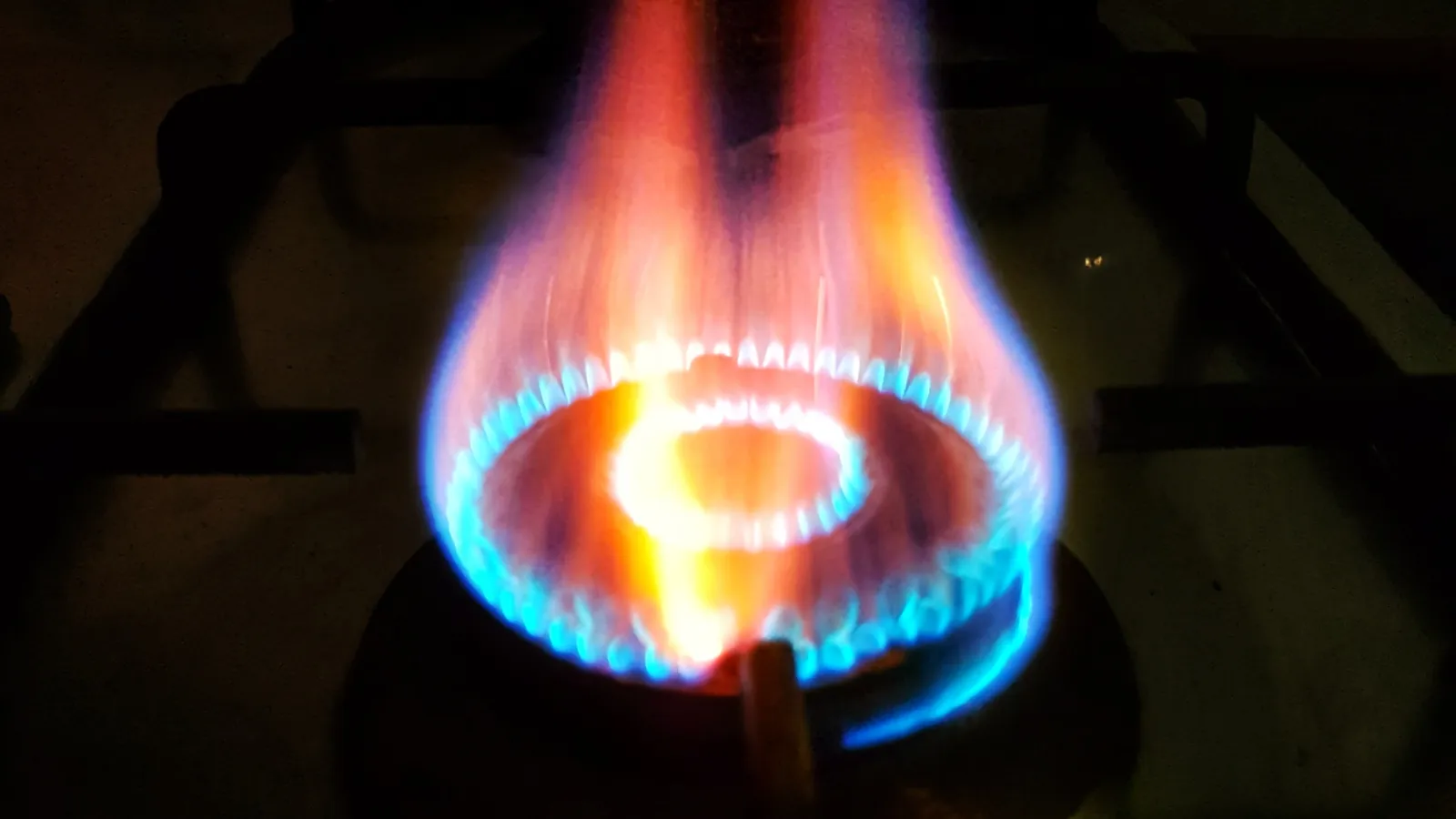What Is a Furnace Burner? How Furnace Burners Work, Types, Maintenance Tips and More

Definition of a Furnace Burner
A furnace burner is a component of a furnace where air mixes with fuel, and is burned in order to create heat. This heat is then distributed throughout the home via pipes or ductwork. A furnace burner may also include what's known as a pre-mixer. This is an area that is located before the burner, where the air and fuel are mixed before they enter the burner. This helps to ensure better combustion, and more efficient heating from the furnace.
A furnace burner may be run with gas, oil, or even propane as a fuel source. Some furnaces have a single burner, whereas others have two (or more) and are known as a dual burner.
How a Furnace Burner Works
A furnace burner works by taking the air and fuel mixture, and burning it to create heat which is then distributed throughout the home. It does this by a number of steps:
- First, the thermostat will call for heat, initiating the heating cycle.
- The fuel valve opens, delivering fuel to the burners. At this time, the air intake brings in air from the exterior of the home to mix with the fuel.
- The pilot light engages in order to light this air and fuel mixture at the burners.
- This heated air is then blown over the heat exchanger, where the heat is transferred to the air within the ductwork.
- The warmed air is then distributed by the blower fan throughout the home.
Types of Furnace Burners
There are a few different styles of furnace burners, some more popular than others. They include:
- Upshot burners: These are used in natural draft furnaces, and are typically found in older furnaces.
- Inshot burners: These are used in induced draft furnaces, and are typically found in nearly all high-efficiency furnaces.
- Conversion burners: These are used in furnaces that need fuel converted from one type to another before it can be burned.
Benefits of a Furnace Burner
A furnace burner is one of the most essential components of your HVAC system. Without it, your furnace would not be able to create heat for your home. A properly functioning furnace burner also helps to maximize the efficiency of your furnace, as well as prevent carbon monoxide poisoning.
Some problems that commonly occur with furnace burners include:
- Cracks. Cracks can occur in the burner due to age, and as the result of what's known as 'metal fatigue'. This occurs as the result of the metal walls continually heating up (expanding) and cooling (contracting). It is the same effect as bending a paperclip back and forth -- the metal will eventually break. If your burner has cracks in it, it is safest to replace it.
- Rust. If there is moisture buildup and poor air circulation within your furnace due to a lack of maintenance, small bits of rust can form on the burners, or on other metal surfaces that then flake off and land on the burners. Rusty burners can be cleaned or replaced, depending on the severity of damage.
- Clogs. Skipping regular maintenance or not changing the furnace filter frequently enough can result in the burners becoming clogged and not lighting correctly. This may cause increased noise, but can usually be resolved by cleaning the burner well.
- Insufficient heat. If your furnace is not putting out heat like it should be, your burners may need adjustment. Contact a qualified furnace technician for assistance adjusting the burners.
Best Practices for Maintaining a Furnace Burner
One of the best things that homeowners can do in order to maintain their furnace burner(s) is to make regular cleanings and inspections a part of their seasonal and annual HVAC maintenance. By proactively keeping your system clean and in tip top shape, you can ensure the longevity of all its parts, including the burner. A small investment in upfront maintenance can help homeowners to avoid a costly repair bill down the road.
Replacing a Furnace Burner
Repairing or replacing a furnace burner is a somewhat complex task that is likely out of the skill range of most homeowners. If you suspect a broken furnace burner, it's best to contact a qualified HVAC professional for help. They are experts who can get your heat back up and running quickly and safely. Depending on the mount of work required and the age of your system, it may be more cost efficient to replace the entire furnace rather than just the burners. Speak to a professional who can help you best determine your home's needs.

